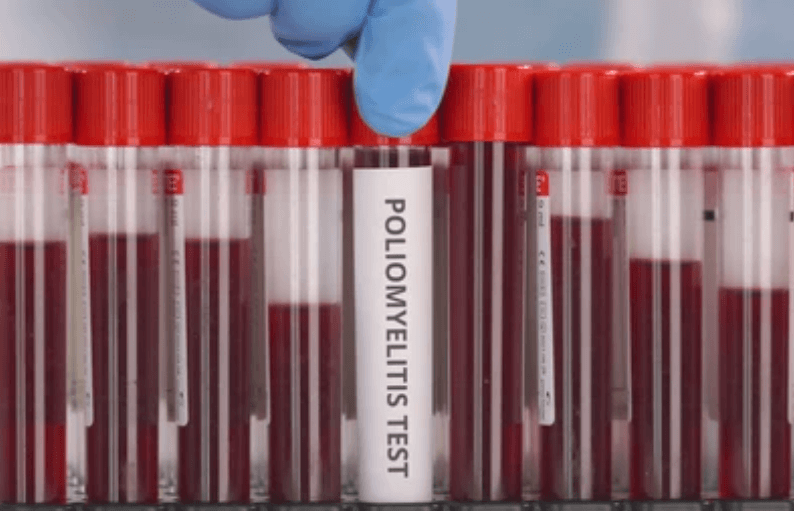 Poliomyelitis, also known as polio, is an acute infectious disease caused by poliovirus and is highly contagious. Humans are the only known natural host of poliovirus. The fecal-oral route is the main route of transmission. The virus enters the intestinal tract through the mouth and reproduces in the intestinal tract. 90%-95% of poliomyelitis is a recessive infection, that is, there are no symptoms. Some patients may have a fever, headache, sore throat, fatigue and so on. In addition, because the poliovirus can invade the nervous system, patients can also experience flaccid paralysis, and severe cases can die due to respiratory muscle paralysis. The disease lacks effective treatment methods, and vaccination to prevent infection is the key.
Poliomyelitis, also known as polio, is an acute infectious disease caused by poliovirus and is highly contagious. Humans are the only known natural host of poliovirus. The fecal-oral route is the main route of transmission. The virus enters the intestinal tract through the mouth and reproduces in the intestinal tract. 90%-95% of poliomyelitis is a recessive infection, that is, there are no symptoms. Some patients may have a fever, headache, sore throat, fatigue and so on. In addition, because the poliovirus can invade the nervous system, patients can also experience flaccid paralysis, and severe cases can die due to respiratory muscle paralysis. The disease lacks effective treatment methods, and vaccination to prevent infection is the key.
There are several methods to detect poliomyelitis:
Creative Biogene's poliomyelitis diagnostic products are mainly carried out by directly detecting the infectious agent in the feces or throat wash during the virus incubation period, or by identifying the antibodies in the blood. In this test, the titers of the paired sera relative to the three types of viruses are measured separately. Using the ELISA method, can simultaneously detect antibodies against the three types of poliomyelitis. Our products have the advantages of fast, efficient and accurate.
Creative Biogene has a professional team of experts who developed quality poliomyelitis diagnostic products. Our products are competitive in the market due to their reasonable price and high quality, which can help you solve the diagnosis problem quickly. We look forward to working with you for your cooperation.
Please contact us for more details.
Reference
| Cat# | Product Name | Product Type | Inquiry |
|---|---|---|---|
| C1051T | Poliomaviruses (JCV and BKV) Test Kit | Test kit | Inquiry |
Copyright © 2026 Creative Biogene. All rights reserved.